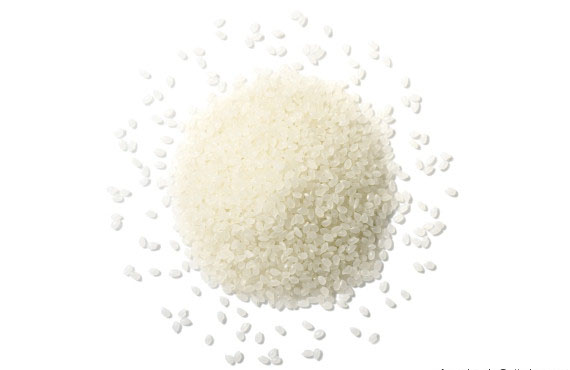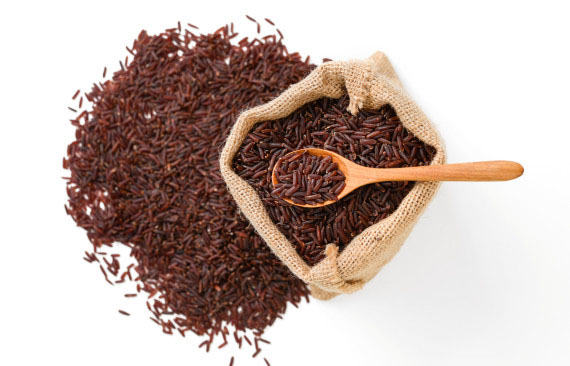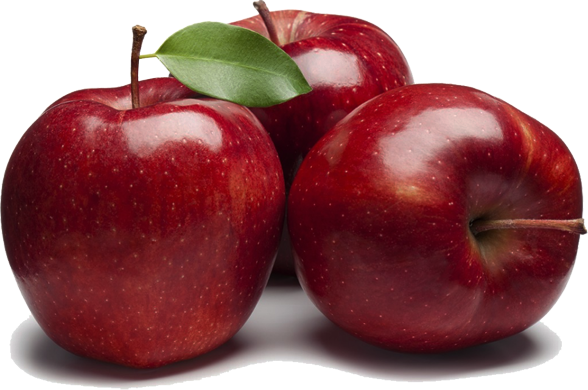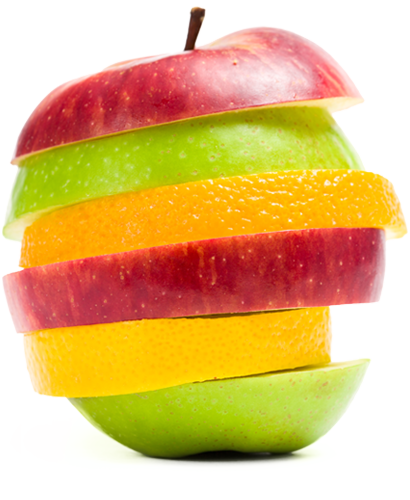Types Of Rice: The Benefits, Differences And The Healthiest
Rice is a staple ingredient in a huge range of dishes, from stir fry to curry to sushi. It's carby, delicious and nutritious, too.
But is one type healthier for you than others? And is white rice really the devil it's made out to be?
"Rice is a great carbohydrate," Simone Austin, accredited practising dietitian and spokesperson for the Dietitians Association of Australia, told The Huffington Post Australia.
"Our body needs carbohydrates for energy so we should include it, even though people tend to demonise them. It’s about the quantity to suit your own energy needs."
Rice is also low in fat and a source of protein -- plus it's super cheap and versatile.
"Rice is really economical for anyone, especially to feed a family," Austin said.
"It’s easy to cook and really versatile, so it can help make good nutrition easy. You can use rice in a Mediterranean dish like risotto, in Asian cuisines like Vietnamese or Japanese, and in Spanish dishes."
Rice also contains essential nutrients such as iron, magnesium and B vitamins -- the content, however, depends on the type.
"You probably wouldn’t lump them all into the one category, but in terms of the main nutrient they provide, which is carbohydrates, yes they could be lumped together. However, there’s a few differences where some stand out," Austin said.
White Rice

White rice has the husk, bran layer and the germ removed. As a result of this extraction, white rice contains less nutrients than brown, black or red varieties.
"White rice has the husk ‘polished’ off and, if we look at 100 grams of white rice, it’s got 6.3 grams of protein," Austin said.
White rice comes in short-grain (for example, Aborio), medium-grain (Japanese-style) and long-grain (Basmati, Jasmine and Doongara), and for each of these varieties, the glycemic index differs.
"If you choose a Basmati or Doongara rice, they are low GI, whereas some of the other white rices are higher in glycemic index," Austin said.
"Apart from the Basmati and Doongara, white rice is rapidly digested and if you overeat on white rice, it can be an overload of carbohydrates.
"However, you don’t tend to eat rice just on its own, you usually eat it in a meal. If you keep it to be a quarter or a third of the volume of your meal -- and then you’ve got vegetables and protein -- that means the whole glycemic index changes.
"Look at rice as a component of your meal, rather than just on its own."
One reason why white rice is seen as inferior to the other types is due to its lower fibre content.
"White rice has very little fibre because the outside husk is gone," Austin said. "White rice also contains iron but less than the brown rice."
Brown Rice

While white rice is milled to remove the bran layer and germ, brown rice is whole grain rice with only the outer hull removed. Brown rice is chewier than white rice, has a more nutty flavour and is more nutritious.
As with white rice, brown rice comes in long-grain, medium-grain and short-grain varieties.
"In terms of protein, from white to black rice, brown rice sits in the middle at about 7.2 grams per 100 grams," Austin told HuffPost Australia.
"Brown rice is excellent for magnesium, which people are often looking for. It’s also a good source of thiamine and iron, and it’s got a moderate source of zinc.
"Because it’s got the outside husk intact, brown rice also has the advantage of having a high fibre content of 3.2 grams per 100 grams."
In terms of glycemic index, brown rice releases at a "medium" rate in the body, meaning it will keep you fuller for longer compared to white rice.
Black Rice
Black rice is a different species of rice compared to brown and white. It has a distinct nutty, earthy flavour and takes much longer to cook than white rice.
"While white rice has 6.3 grams of protein per 100 grams, the black rice has got 9.1 grams of protein," Austin said.
"Black rice also has a lower glycemic index, so it means if you’ve got diabetes it will be quite good as it’s slow releasing.
"Black rice is also high in fibre, it’s got 4.7 grams per 100 grams."
Red Rice

Red rice has a unique colour due to its anthocyanin content, which also provides a big boost of antioxidants. This particular rice is available both hulled or unhulled.
Per 100 grams, red rice has seven grams of protein and two grams of fibre.
Both red and black varieties contain higher amounts of nutrients compared to white rice, however they do come at a higher cost.
The question we all want to know is: which one is the healthiest?
"I would go for brown and black rice," Austin told HuffPost Australia.
"You would get more fibre eating brown and black rice. Fibre helps us feel full for longer, and it’s also good for our bowels."
If you're not a fan of brown or black rice, Austin recommends mixing white (everyone's favourite) with the more nutritious varieties.
"I recommend mixing it up but going more for brown rice if you eat rice regularly and would like to feel fuller for longer," Austin said.
"I peronsally do a bit of a mixture. I put in the brown rice first, as it takes a bit longer, and then add the white rice in half way through. This works great for children. You could do the same with black rice too."
That doesn't mean, however, that you can't enjoy white rice -- just have it less frequently.
"For some dishes white rice is lovely and fluffy, so go ahead and enjoy it sometimes. But at other times try to get in some brown rice and try some black rice," Austin said.
"Brown rice is still economical and can be an easy way to increase your fibre intake, as well as your magnesium and B group vitamins."
As for those microwavable rice cups and sachets?
"Part of me thinks it’s an extremely expensive way to buy something that is pretty easy to cook," Austin said.
"However, in terms of ease and quickness, I would rather people use these than eat something that's deep-fried.
"If it means it’s going to make it easier to make a quick, balanced meal with veggies and egg or fish, then go for it. But economically and environmentally it might be better to cook your own rice."








